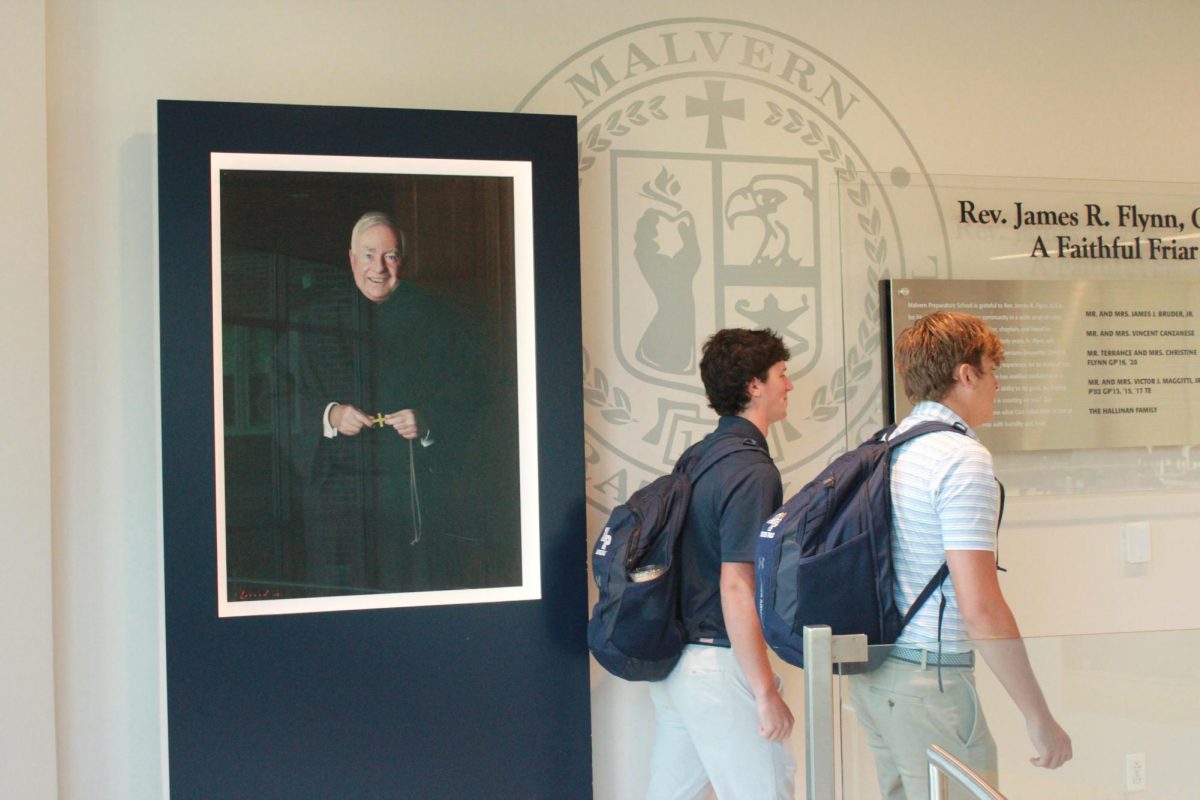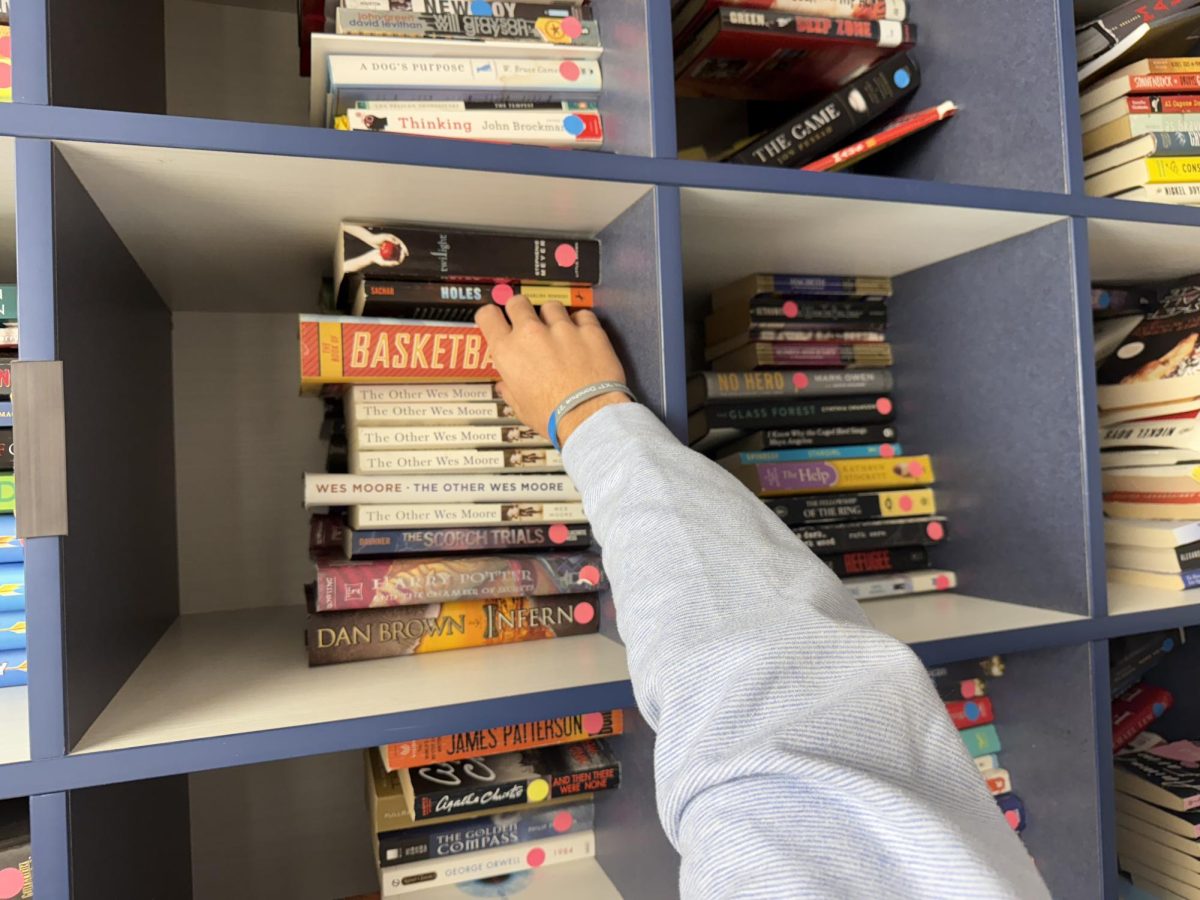This spring, Malvern’s sports medicine team looks to perform first of its kind research into head injuries on Malvern teams.
At a time where contact sports like football face heavy criticism for the number of concussions athletes suffer from, Head Athletic Trainer Mr. William Mills is approaching the issue of head impacts from a new angle.
In today’s world of sports, coaches and players are more aware of concussion-like symptoms than ever. When a player takes a big hit to the head, those who witness it recognize it may have been enough to cause a concussion. However, Mills believes that the head can still be injured without having made contact with anything.
“As of right now, the literature says that no G-forces are related to concussions,” Mills said. “But to me it still doesn’t make sense, because when there’s movement of the head, the nerve cells actually stretch and move, and that’s what can cause a concussion.”
Movement can be measured in G-force (or G’s), and the belief is that there is a correlation between the extent of a head injury and the amount of G’s registered by the head. In this study, headbands with G-force trackers built in the back will be worn by players, and the data will be recorded in real time onto computers. The challenge for Mills is finding a way to prove G-forces affect someone’s brain.
“We’re not looking for concussions per say, even though it’s related to that,” Mill said. “Rather, they want to look at specific numbers of G’s registered by someone’s head and see the impacts different levels have.”
The approach Mills is taking is through balance. According to Mills, balance is the second biggest concussion symptom, behind headaches. Players are in the process of taking baseline balance tests which will be compared to future balance tests performed after registering a certain amount of G’s in practice.
“Say you were practicing rugby and got a 40 G,” Mills said. “We would take you off the field even if you don’t have a concussion, and we would do a match control with somebody your age and position with no G-force. We would take them down to the athletic training room, measure their balance, and then send them back to practice.”
This study, which is also Mills’ dissertation, is the first of its kind in the United States, and Mills says this is because most coaches do not want to pull their players off of the field when they do not have a concussion. However, Lacrosse coach Mr. John McEvoy and Rugby coach Mr. Matt Boccuti fully supports Mills’ work.
“One thing we are particularly concerned about in rugby, because we don’t have padded equipment, is not the impact itself. It’s when the body hits the ground,” Boccuti said.
In high school rugby, it is illegal to make contact anywhere above the armpits. This may mean there are fewer hits to the head, but it does not mean the chances of suffering a concussion is dramatically less than in other contact sports. Because of G-force and the head hitting the ground, rugby players are still susceptible to injury.
“I think it’s exciting what he’s trying to do,” Boccuti said. “It’s not just the traditional football big hit causing a concussion. It’s really the change in acceleration that the body’s going to go through.”
Mills also explained that a more minor impact, though not concussive, can set up worse damage if followed by another hit. The hit can be so subtle that the player does not feel different, but in his head the brain cells are stretched.
“Then you get hit a second time, and since your cells are a little bit injured, that’s when you have a big, full-blown concussion. So maybe that’s what’s happening out there. Maybe these guys are getting these little sub symptom type of concussions… and then that next hit is really what causes it,” said Mills.
The hope is that this research offers an alternative way to identify potential concussions in the future. If a player registers a certain number of G’s in practice or a game, there may be a correlating percent chance that they may have suffered a concussion or minor head injury. This will help the training staff better determine whether a player should be tested for a concussion or simply have an eye kept on him.
This research project will likely be a multi-year study to gather a wider range of data, and even look at other sports like water polo, wrestling, football, and soccer. Mills plans to get Malvern students involved with the study as well.
“The goal is also to have our own students involved in research so they can see the process, and it helps them get into, maybe, medical school or PT school,” he said.













